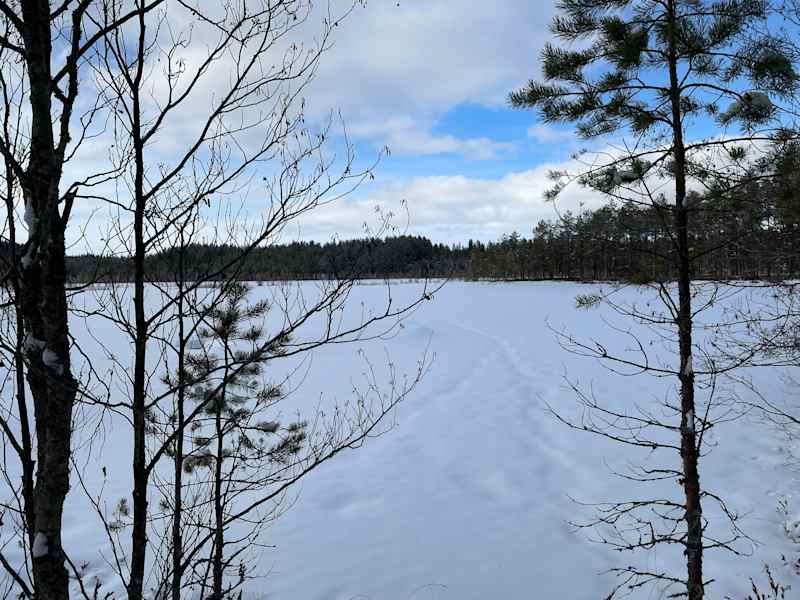Lampi has killed dozens of swans in Suonenjoki – the city is trying to prevent deaths, but no means may help

The situation of the pond was noticed in 2016 when the swans that died nearby were investigated by the Food Agency. Lead poisoning was revealed as the cause of death.
The cleaning plan for the Onkilampi bottom in Suonenjoki has a new turn.
The lead snales at the bottom of the pond were originally intended to be removed by suction diet, but now they are intended to be isolated by covering. The goal is that the pond’s song swans do not eat the leading plants and shots of the bottom of the bottom. Cover insulation will be tested next winter.
Covering is done at such points in a pond with the bottom of the swans at 0-1.5 meters.
– The amount of the amount is still large, because working methods must first be designed and tried, says Hälinen.
There are tens of thousands of pounds of lead in the Onkilampi soil, which has ended up from the shotgun shooting range next door. The track was closed in 2008. It was in operation for about 40 years.
The state of the pond has been investigated for years
– There are also a wide range of shotguns in the surrounding marsh, Lappalainen says.
The condition of Onkilampi has been investigated in two times. The first study in 2017 stated that there was no need to do renovation in the area.
At that time, the city of Suonenjoki and the Pirkanmaa ELY Center explored the area’s environmental risks and cleaning needs. The studies took samples of soil, aquatic vegetation and water.
At the same time, it was noted that the shooting range would not cause significant environmental or health risks. You can drink water and eat pond fish safely.
After that, the ELY Centers in Northern Savonia and Pirkanmaa ended up in another conclusion that the pond must be renovated.
Swans waiting for the water to melt on the pond
Onkilampi is not the actual nesting pond for the swans. Swans, for example, settled there in the spring to wait for other waters to melt. The swan pair has been trying to nest on only a few years, says Olli Korhonen
This spring, the swans have not yet come. The pond is covered with snow and ice. Korhonen says that the pond usually melts early because it has strong groundwater flows.
Usually, the first pair of swans will usually arrive at the end of March or early April.
